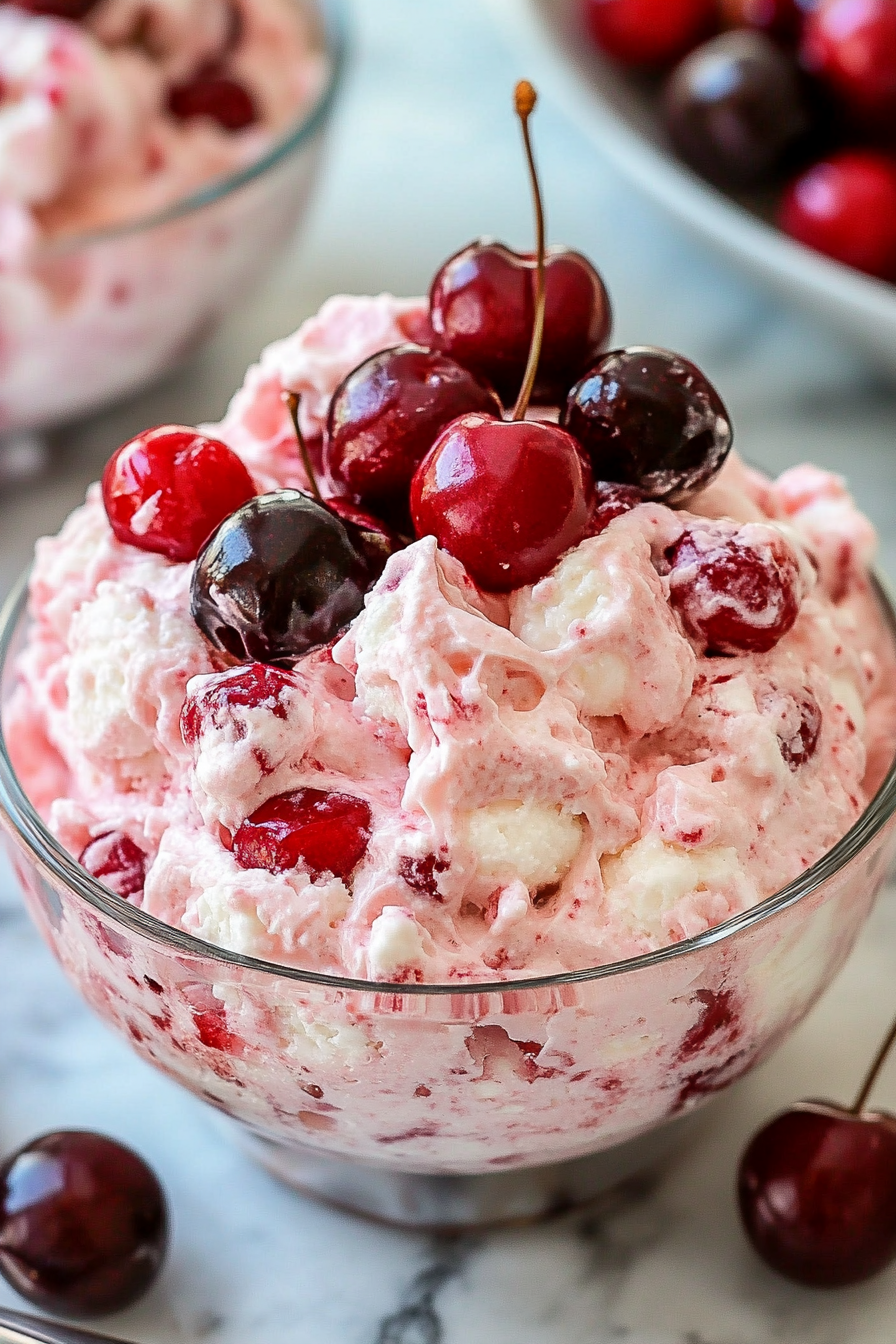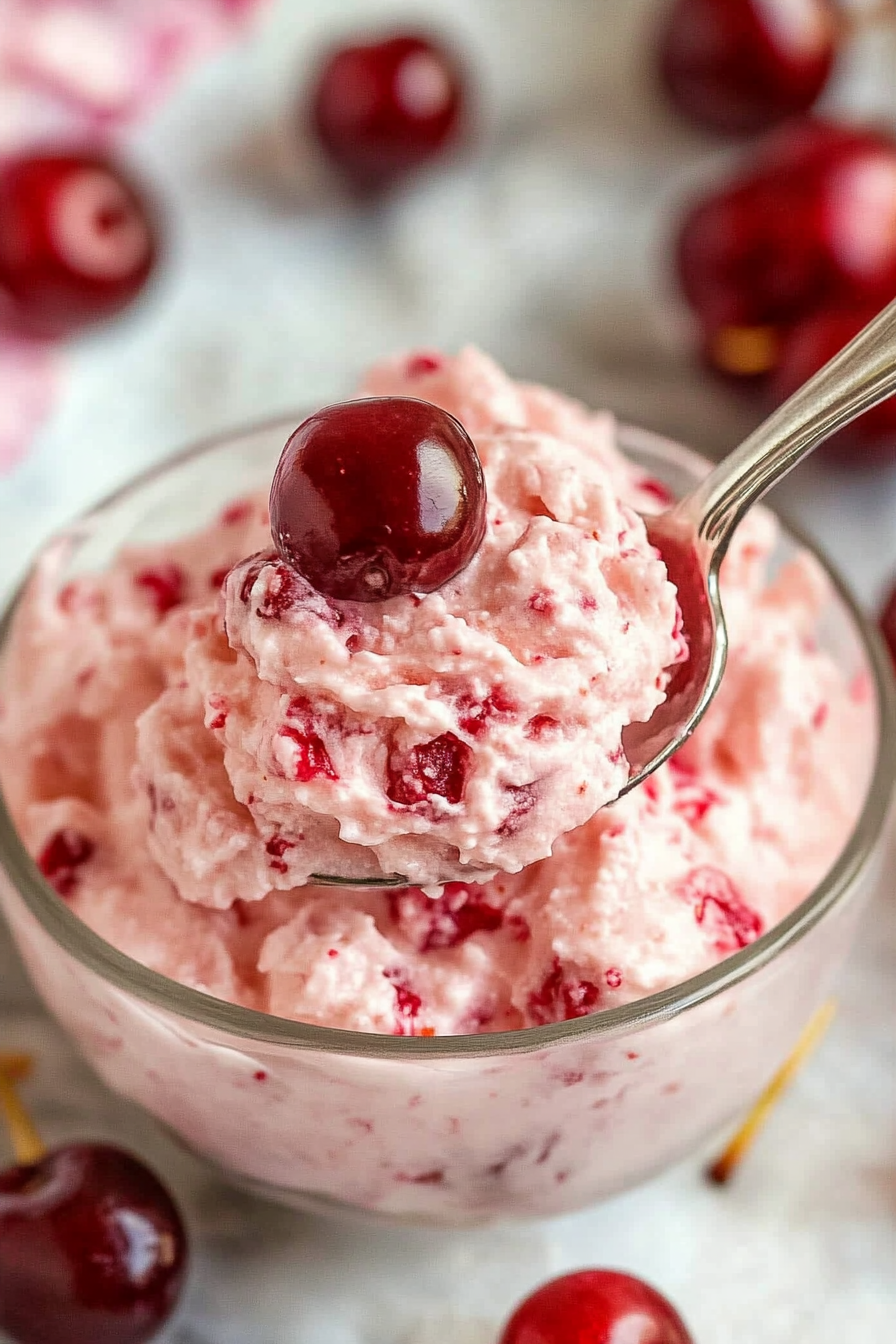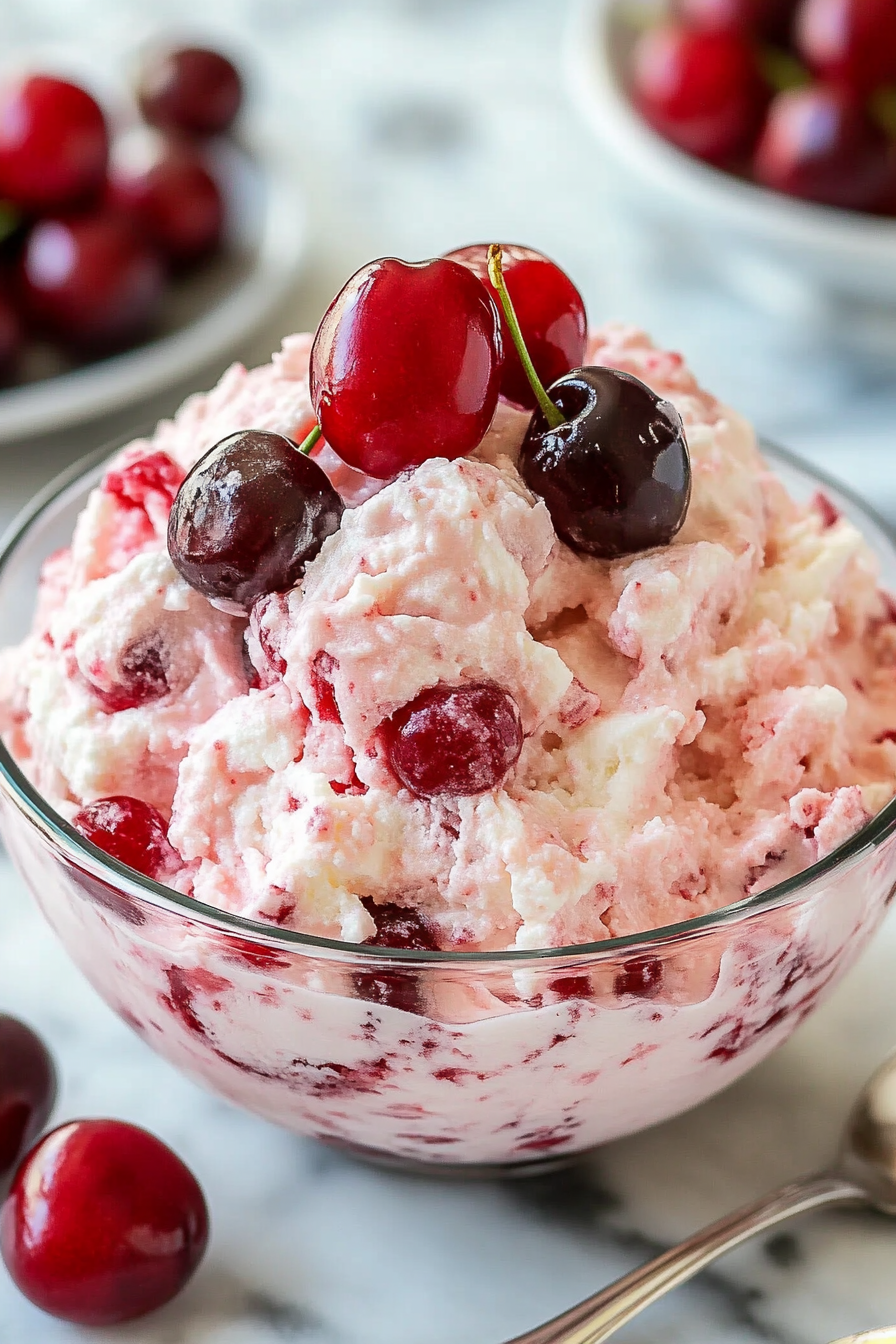
A mother was completely in sh0ck when the poultry she was preparing for dinner separated into stringy pieces of spaghetti.
Explaining pasta was not on the menu that night, the mom shared a Facebook post that shows the raw chicken she was washing, coming apart in her hands.
“I think it’s that fake meat,” she writes on her now viral post, that’s inspiring online users to go vegan.
Keep reading to learn more about the stringy chicken!
Alesia Cooper from Irving, Texas, shared a disturbing photo of a chicken breast protesting its future position on a dinner plate on March 21.
Cooper writes: “I been debating on posting this but since I had to see it so do yall.” The post, which also shows an image of chicken shredding into spaghetti-like strands, continues: “I was cooking my kids dinner a couple of weeks ago and was cleaning my meat like I normally do and when I went back to start cooking it turned into this (SIC).”
The mother of two, who shares she purchased the chicken breast from the budget supermarket Aldi, adds: “lol I think it’s that fake meat but I’m not sure anyways…I ain’t made chicken off the bone since.”
Netizens jumped into the comments section, offering their opinions on the matter, some suggesting the chicken was 3D printed or grown in a petri dish.
“That’s lab grown chicken, it’s a new way they make chicken because of the last few years with the bird flu and resource shortages they didn’t have produce so last year they announced that they found a way to make chicken in a lab and that’s what’s in stores now.”, one argues.

“GMO lab meat,” writes another.
A third decides it’s “fake i don’t buy it anymore.”
Another user offers a more logical explanation to the shredded chicken breast: “It’s not lab-grown meat or 3D printed meat. It comes from real chickens. The problem is when greedy chicken producers force-feed their chickens growth hormones so they grow way too fast.”
Bigger breasts
According to, along with hard, chewy meat called “woody breast,” “spaghetti meat” is allegedly the result of breeding to make big-breasted chickens grow faster.

So, there is more meat per bird and more profit to be made.
“There is proof that these abnormalities are associated with fast-growing birds,” Dr. Massimiliano Petracci, a professor of agriculture and food science at the University of Bologna in Italy, tells the WSJ.
“Woody breast” and “spaghetti meat” might sound unsettling, but according to industry experts, eating them won’t hurt you.
But it will hurt the chickens, whose big bodies are too large for their little legs to hold.
Chubby chickens
Judging by numbers released from the National Chicken Council, broiler chickens – chickens grown for meat – grow a lot faster than in the past. In 2000, the average bird went to market at 47 days old, weighing 5.03 pounds, and in 2023, the average chicken still goes to market at day 47, but now the chubby chickens weigh in at 6.54 pounds.

Comparing these numbers to almost one century ago, broilers took 112 days to grow to a 2.5-pound market weight in 1925.
These changes reflect the increasing demand for white meat over the past century, motivating the industry’s shift to supply chickens with “proportionally larger breasts.”
Dr. Michael Lilburn, a professor at Ohio State University’s Poultry Research Center, tells the Washington Post: “If people keep eating more and more chicken, chickens will probably have to get even bigger…We’ll have to increase the proportion of breast meat in each bird, too.”
“What people don’t realize is that it’s consumer demand that’s forcing the industry to adjust,” Lilburn said of the population’s penchant for chicken nuggets, wings, sandwiches and other cheap chicken products. “It’s a deceivingly small but vocal minority that are raising a lot of legitimate questions. The bulk of the U.S. population still doesn’t care where their food comes from, as long as its cheap.”

Fast food chains and some grocery stores have, in part, supported the demand for larger breast meat, but The New York Times reports that some companies are demanding meat from slow-growth chickens, “contending that giving birds more time to grow before slaughter will give them a healthier, happier life – and produce better-tasting meat.”
‘I’ll go vegan’
Meanwhile, online users are expressing their disgust over the noodled chicken.
One cyber fan asks: “It looks like worms ! What are they feeding us?”
“I got some like that a while ago. It looked like that on the bottom. Things haven’t looked right like when we’re young. A lot fresher,” shares a second.

Other netizens suggested shopping elsewhere: “You’ll get humanely raised and better quality chicken from a local butcher or co-op. I recommend going there instead for your meat.”
And some were inspired to become vegetarians.
“I’ll go vegan!! Too much lab food around,” writes one while another adds: “This is why we are thinking about going pescatarian.”
It really is unfortunate that factory farming is causing these poor creatures so much pain in their short lives.



















